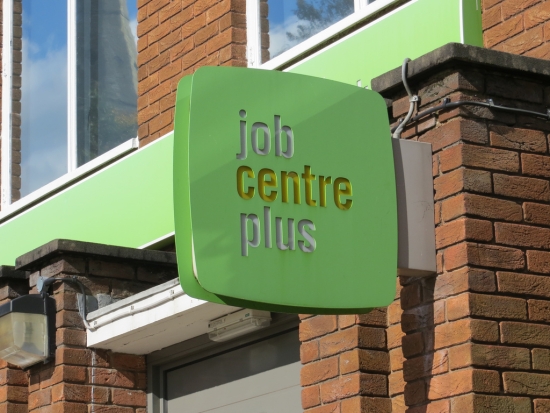Unemployment is once more a hot topic due to a number of high profile companies shedding staff. These redundancies have been especially prevalent in the banking sector and this is perhaps one of the reasons that the unemployment rate in the UK is once more rising.

15,000 new workers joined the queues at the nation’s Job Centres between January and March, taking the total number of unemployed people in the UK to 2.52 million. According to the Office for National Statistics (ONS) this means that the unemployment rate now stands at 7.8 per cent and marks the third consecutive quarterly increase.
Yet while this may be something of a step backwards, the total number of unemployed workers is still 92,000 lower than it was this time last year, indicating that the UK has certainly made some progress. Mark Hoban, Minister for Employment, insisted that some areas continue to post improvements and this should be noted.
He said; “We are seeing continuing falls in the number of people claiming Jobseeker’s Allowance which is positive.
“Whilst there has been a disappointing increase in the headline rate of unemployment, we shouldn’t forget the progress we are making.
“We are not complacent – to win the global race we need to do all that we can to help people achieve their aspiration to look after themselves and their families.”
The rise in employment for young people and the drop in claims for JSA were arguably the only highlights in what has been described as a rather dismal forecast of the future unemployment situation for the UK. However, economist Martin Beck believes that the falling claimant count could prove to be something of a short-lived reprieve.
He says; “Following recent positive news on the economy, today’s UK labour market data provides something of a reality check.
“With further significant public sector job losses in the pipeline and firms likely to seek to restore productivity by shedding workers, it may not be long before even this narrower measure of unemployment starts to rise too.”
Yet even for those who are steadily employed, there was little to celebrate in the figures. In the year to March, average earnings grew by only 0.4 per cent, whereas in the year to February increases of 0.8 per cent were recorded. This indicates a slowing of what little wage growth there is at present, thus meaning that wages continue to fall in real terms.
Furthermore, this is the lowest rate of recorded growth since 2009 – a time when recession was still a very significant problem for British workers.
With unemployment starting to creep up again and wage growth all but non-existent, it is difficult to imagine a time when recovery will finally arrive. However, the economic growth posted in the first quarter does lend the hope that businesses will once more start hiring and solve this very real problem threatening to drag us backwards.
Previous Post
SMEs Losing Battle for Online and Mobile Customers